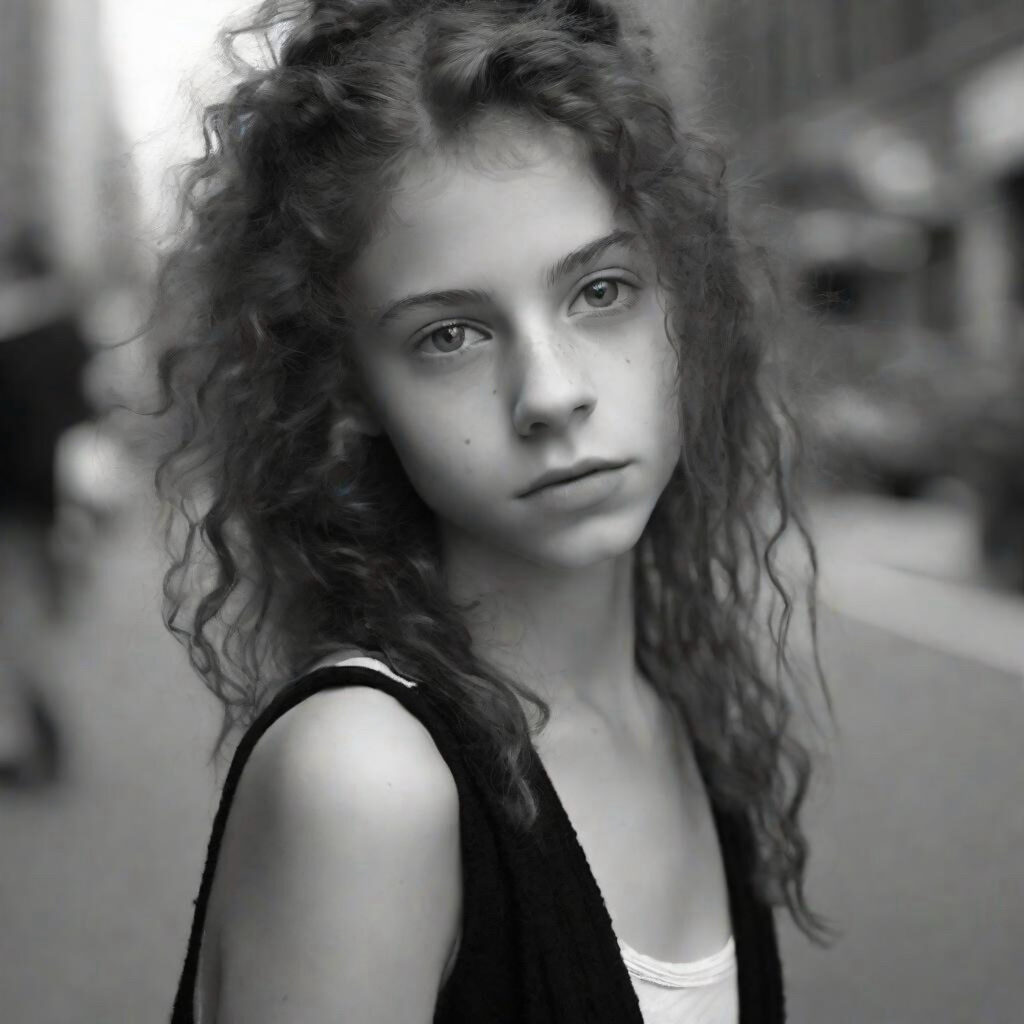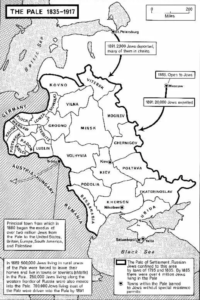
Like me, Jewish friends are feeling increasingly vulnerable.
We’re also feeling increasingly Jewish.
Speaking for myself, I don’t necessarily mean turning to prayer or observance. When I say I am feeling more attached to and defined by the fact of my Jewishness, I mean my identity. My humor, my history, my storytelling, my taste buds, my feelings about my particular place in this world. My self.
The art I’ve been making since last spring has taken me back to imagining and recreating my grandmother’s shtetl in early 20th century Russia; i.e., specifically, in the Pale of Settlement, where Jews were allowed to live and trade from the end of 18th century to the beginning of 20th century. The Pale spread from the Baltic to the Black Sea and further East in its southern part.
Covering an area of roughly 386,100 sq. mi., the Pale of Settlement was home to 4,899,300 Jews (Source: Census) forming 94% of the total Jewish population of Russia .
It was not only the limitation of their residential area which oppressed the Jews. By force of historical circumstances, they were also restricted in their occupations. They were concentrated in commerce (38.6% of the Jews gainfully occupied) and crafts (35.4%).
Not surprisingly, Jews from the Pale fled between 1880 and 1920, including my grandmother (1911).

When I began the work with DALL-E to create Liuh and its characters, I assumed I would proceed chronologically forward to the present day. To my life.To resolve a question for myself, around a possible portrait of my life in the absence of any photographs or ephemera and only a few stories. I am the last Selwyn in my family. I am the last Jewish Selwyn.
But, after finishing the work from 1911, and with the horrors of October 7 and Hamas’ barbaric murder of 1,200 Israelis (mostly) and kidnapping of another 240 Israelis (again, mostly), I now feel the need to go out of order. It’s a gut instinct. I have to follow it.
The new work I’m doing is another fabulation. I am looking at the present day, and I am specifically looking at Jewish identity in a post October 7th, 2023 world. After the murders and kidnappings. And in the midst of an explosion of anti-Semitism around the world.
What is it like to be a young(er) Jewish person today?
In creating this young woman, Sloane Raphael, a 15-year old Jewish girl living in New York City, I’m looking at five generations past 1911. Sloane owns her own horse and she competes in equestrian events. She plans to apply early decision to Yale (a school that in her grandfather’s day admitted fewer than 10 Jewish students per year through a legal quota system). She plans to take the horse.
At the stable, friends tell Sloane’s mother, “She doesn’t even look Jewish!” And this is intended, her mother knows, as a compliment.
How does the question of Jewish identity enter into the conversation?
Five generations on, how connected do young people like Sloane Raphael, great-great granddaughter of Rivka Gessler (whose daughter married a Rafalowicz, whose son changed the name to Raphael so he could get hired by a bank, and whose son kept the name Raphael, married a Jewish woman and opts to wear only Brooks Brothers suits and to celebrate Christmas, tree and all) feel to the tribe?
How many of these fifth generation young people consider themselves Jewish?
How many were born to Jewish mothers? (The lineage passes through the mother in the Halacha, Jewish law.)
How do young people even begin to navigate the horrors of identity politics and now face this additional complication of Jewishness?
How much has assimilation loosened the bonds of affiliation and attachment?
That is what I’m looking at.
Again, it is personal.